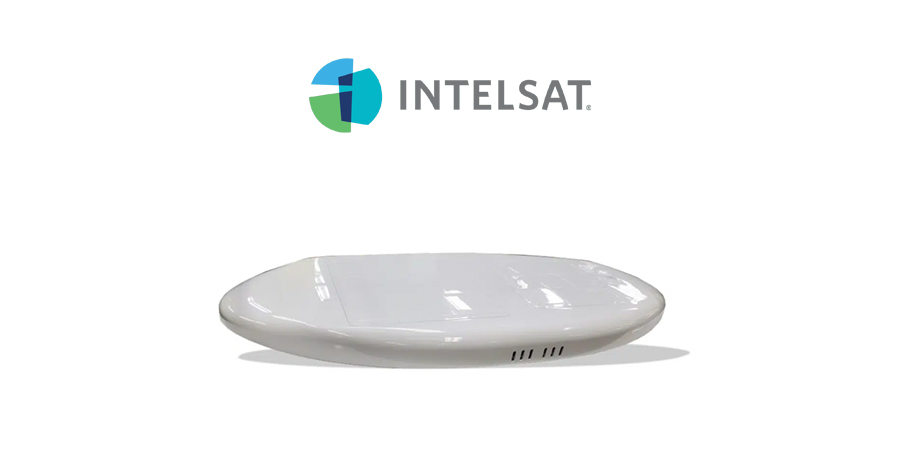Intelsat has launched a new inflight connectivity (IFC) solution powered by electronically-steered antenna (ESA) technology from Ball Aerospace while leveraging design and integration partner, Stellar Blu Solutions.
Lighter, and more versatile than previous options, the new ESA-based solution is the first in a new line of ground-breaking multi-orbit terminals developed by Intelsat with the capability to interoperate with both geostationary satellites (GEO) and low-earth orbit (LEO) or medium earth orbit (MEO) satellites.
GEO satellites, such as Intelsat’s constellation of Epic satellites as well as the new generation of software-defined satellites (SDS) provide deep layers of capacity, redundancy, and coverage important in airline hub cities and across busy oceanic corridors.
Relatively, LEO satellites will deliver improved performance with some cloud-based productivity applications, quicker browsing, and interactive experiences on a global basis. Unlike prior airline Wi-Fi solutions, LEOs provide coverage in polar regions adding hours of additional connectivity to intercontinental polar flights.
The new IFC terminal fits a variety of aircraft and mission profiles ranging from the smallest commercial aircraft to international widebody aircraft. Standing just 3½ inches (90mm) high on the fuselage, it delivers operational savings driven by a low-profile installation that reduces drag, fuel burn, and carbon emissions.
Intelsat’s SVP, Commercial Aviation, Dave Bijur, commented, “We’ve always been a leader in revolutionary aero terminal design and integration; our 2Ku antenna remains the market leader and we’re now complementing the line-up with this new option. The Intelsat terminal not only provides the most flexible solution for customers but is built for true multi-orbit operation which will outperform emerging competitors that are using smaller ESA solutions capable of working solely on LEO networks.”
Intelsat anticipates the first installation of this new terminal on a CRJ-700 in late 2022.
